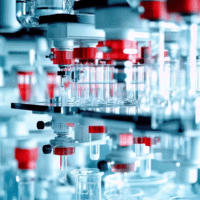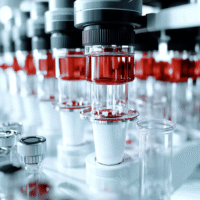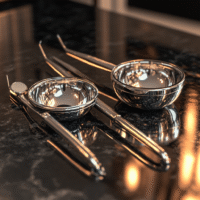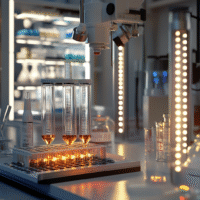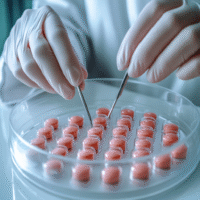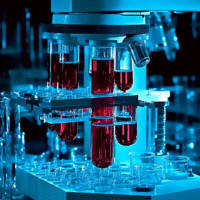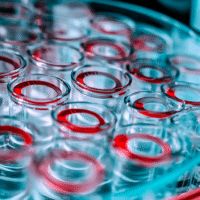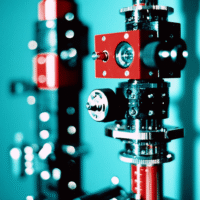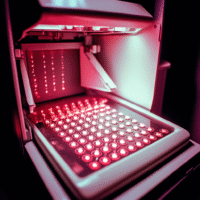Evaluating Treatments for Alveolar Osteitis
Study Overview
This study examines different treatments for alveolar osteitis, a condition that can occur after tooth extraction. The goal is to compare advanced platelet-rich fibrin (A-PRF), photobiomodulation (PBM), pentoxifylline (PTX), and Alveogyl to see if PTX can serve as an effective alternative.
Study Details
The trial included 80 healthy volunteers diagnosed with alveolar osteitis after removing their molars. Participants were split into four groups:
- A-PRF
- PBM
- PTX
- Alveogyl
After irrigation of the extraction site, participants received treatment specific to their group. They were monitored on days 2, 4, 7, and 14 using:
- Visual Analog Scale (VAS) for pain assessment.
- Landry Healing Index (LHI) for soft tissue healing evaluation.
- Granulation tissue measurements.
Key Findings
While there was no significant difference in pain reduction (VAS score) among the treatments, the effectiveness ranked as follows:
- A-PRF: Best pain relief
- PBM
- PTX
- Alveogyl: Least effective
For soft tissue healing (LHI), Alveogyl was most effective preoperatively, while PBM showed the best results after two weeks. Notably:
- A-PRF had the highest increase in granulation tissue scores.
- PTX did not show significant advantages compared to other treatments.
Conclusion
In summary, A-PRF and PBM are more effective than PTX and Alveogyl for treating alveolar osteitis, particularly regarding pain relief and healing.
Clinical Implications
Clinical trials are essential for finding safe and effective treatments. Our platform, DocSym, helps translate these findings into practice by integrating clinical guidelines and research for clinicians.
In our fast-paced healthcare environment, our mobile apps simplify scheduling, treatment monitoring, and telemedicine, enabling better patient care.
Utilizing AI can enhance clinic workflows, improve patient outcomes, and reduce paperwork. Discover more at aidevmd.com.

















